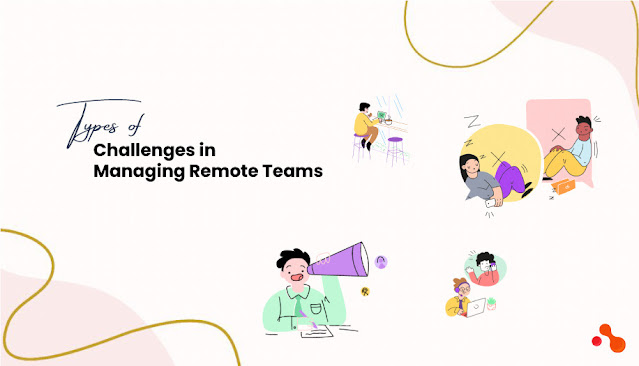Team as a Service (TaaS): Symphony of Innovation, Orchestrating Success

Introduction In the ever-changing landscape of work, Team as a Service (TaaS) has emerged as a game-changer. TaaS involves assembling teams dynamically, utilizing freelancers and remote workers to adapt to project needs. With the rise of remote work, traditional team structures are evolving. This blog explores the significance of flexible and scalable teams in today's business world, emphasizing the need for agility to meet the demands of an increasingly dynamic and digital work environment. Let's delve into the world of TaaS and understand its role in shaping the future of collaboration. Understanding Team as a Service Core Concepts and Principles Definition: Team as a Service (TaaS) is a modern approach to assembling and managing teams for projects, where members can be freelancers, contractors, or remote workers. Flexibility: TaaS focuses on creating a flexible talent pool, allowing businesses to easily scale up or down based on project requirements. Agility: TaaS o

